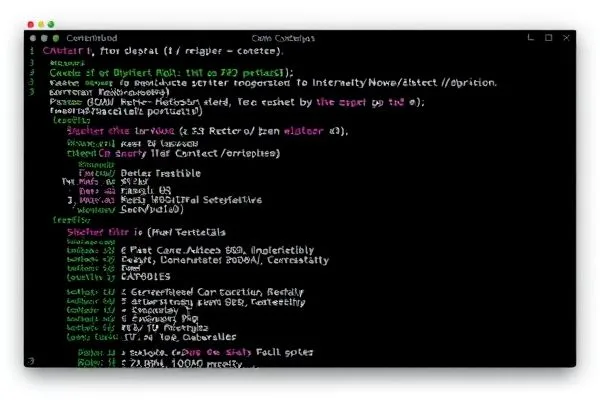As cyber threats continue to evolve, the resurgence of the DCRat backdoor highlights the sophistication of modern malware distribution strategies. This article delves into the techniques employed by cybercriminals to propagate this malicious software, its capabilities, and the significance of understanding these threats for effective cybersecurity measures.
Key Takeaways:
- The DCRat backdoor operates under a Malware-as-a-Service model, facilitating ease of access for cybercriminals.
- Distribution primarily occurs through deceptive YouTube videos, showcasing the innovative methods of malware delivery.
- Understanding the DCRat’s functionality and infrastructure can help organizations fortify their defenses against such threats.
Innovative Distribution Channels
The DCRat backdoor has made a notable comeback, with distribution tactics that leverage popular platforms like YouTube. Cybercriminals create fake accounts or exploit compromised ones to upload videos that falsely advertise cheats and gaming software. Within these uploads, users encounter download links directing them to legitimate file-sharing services, where they believe they are accessing harmless content.
Upon downloading, they receive a password-protected archive, with the unlocking password conveniently provided in the video description. This archive, instead of containing the advertised software, includes the DCRat Trojan, cleverly masked among unrelated junk files to divert attention from the malicious payload.
Functional Capabilities of DCRat
DCRat is part of the remote access Trojan family, known for its versatility in executing a range of harmful functions. Once installed, it can load additional plugins that enhance its capabilities. Our comprehensive analysis identified 34 distinct plugins, some of which enable features such as keystroke logging, webcam access, file exfiltration, and password stealing.
The versatility of DCRat presents a significant risk, allowing attackers not only to establish remote access but also to exfiltrate sensitive information and monitor user activity. This underscores the importance of employing robust security measures and maintaining vigilance against such threats.
Infrastructure and Target Demographics
The DCRat campaign operates under a formidable infrastructure, with attackers registering numerous second-level domains, predominantly within the Russian domain zone. These domains are then repurposed into third-level domains hosting Command and Control (C2) servers. An intriguing aspect of this campaign involves the use of niche terminology familiar to fans of Japanese pop culture, creating a sense of familiarity and trust among potential victims.
The telemetry data suggests that approximately 80% of DCRat samples were downloaded by users in Russia, with additional impacts noted in Belarus, Kazakhstan, and China. This geographic concentration reveals the specific target audience, emphasizing the need for extensive awareness and preparedness within these regions.
As seen in our analysis, Kaspersky products effectively detect these threats under the classification Backdoor.MSIL.DCRat. Organizations must prioritize the sourcing of software, particularly game-related applications, from reputable outlets to mitigate the risk of falling victim to similar malware.
To reinforce defenses against evolving threats, it is recommended to regularly update cybersecurity protocols and conduct user education programs focused on recognizing malicious tactics.
In conclusion, the resurgence of the DCRat backdoor exemplifies the necessity for ongoing vigilance in cybersecurity practices. Understanding its distribution methods, functionality, and target demographics is crucial in safeguarding networks and minimizing exposure to successfully executed cyberattacks.









